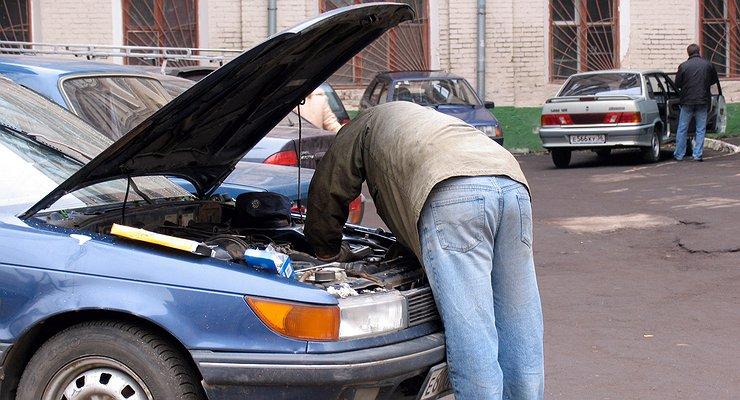
Why do cooling system hoses suddenly burst in a car?
The hot summer months and long hours in Friday traffic jams often lead to an abundance of "boiled" cars that have burst cooling system hoses. The AvtoVzglyad portal will tell about the causes of the breakdown and ways to avoid this ailment.
Summer heat and many kilometers of traffic jams are waiting for us for another good couple of months, which means that an increased load will fall on the engine cooling system, for which components and assemblies may simply not be ready. The coronavirus has amended the schedule of most Russians: someone did not have time to service the car, someone still drives on winter tires, and someone even decided that he would drive a little - self-isolation - and you can save on car maintenance. But breaking the rules is just the tip of the iceberg. Much more problems lie in the very replacement of the elements of the system.
It has already been said millions of times that radiators should be washed, the coolant should be changed regularly and only the one prescribed in the car documentation should be added. But the desire to save money in tandem with ignorance, which does not exempt from responsibility, is stronger. Cars boil, hoses scatter like a rose, drivers curse craftsmen and manufacturers "what the hell is worth." Maybe it's time to sort out the problem and forget about it forever? Truly, there is no need to have seven spans in the forehead.
Let's start with the simplest - with diagnostics. Rubber hoses of the cooling system sometimes - oh, a miracle! - wear out. But in an instant they do not burst: first, small cracks and creases appear, and then breakthroughs form. The system “warns” about the need for replacement in advance, but this is possible only in one case: high-quality parts were initially installed, and the work itself was done one hundred percent.

The hoses look quite confident and reliable, but the appearance does not always indicate high quality. Alas, it is quite difficult to find a solid part in a store: the original is not always and everywhere, and numerous analogues do not stand up to criticism. Moreover, many domestic models are equipped with such an “original” that the need for replacement occurs immediately after registration. It is for this reason that many put reinforced silicone tubes. There are many manufacturers, so choose based on the recommendations of the forums for a particular model.
The reason for the rupture of the hose may be the cork of the expansion tank, or rather a failed valve. A vacuum is created in the system, the tubes are compressed, deformed and eventually burst. This does not happen immediately, the car always gives the driver time to “react”. The plug of the expansion tank is cheap, replacement does not require skills and time - you just need to let the engine cool down.
The third "article" that guarantees a quick visit to the mechanic is the lack of skill and knowledge of this seemingly simple operation. Experienced craftsmen never put the pipes “dry” - they add a little lubricant so that the hose is easier to pull on the fitting. Better yet, warm up the tube. It is worth remembering that not all pipes require tightening with a clamp, and if there is a need, then this must be done carefully, without any extra effort and in a strictly indicated place. Oh yes, the clamps are also different and you should not change to the cheapest one, from the Zhiguli, please. The engineers who created the motor still know better.
With proper maintenance, the right choice of consumables, and regular weekly inspections, a car's cooling system can go 200 km without intervention - there are many examples. But its longevity depends not so much on the manufacturer as on the user. Therefore, saving here, as in any other aspect of car maintenance, is inappropriate. Miser pays twice.
